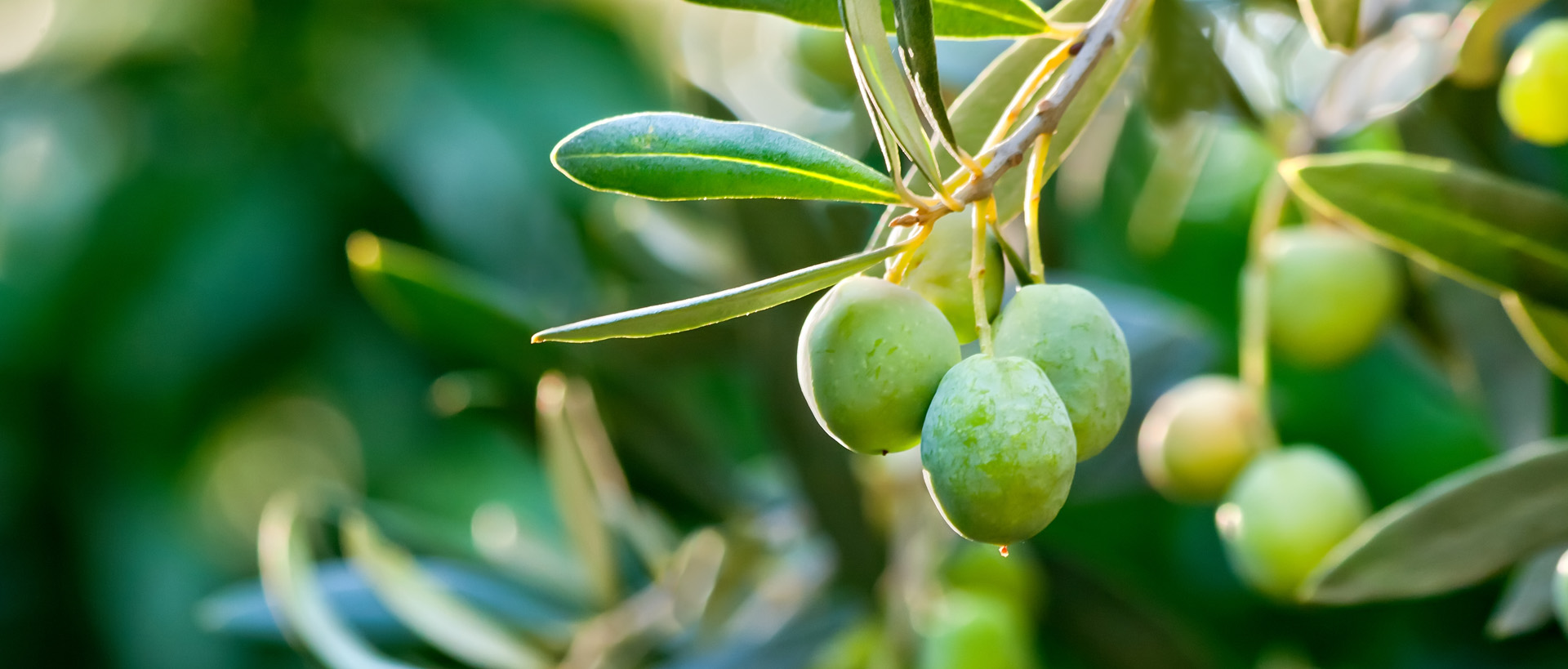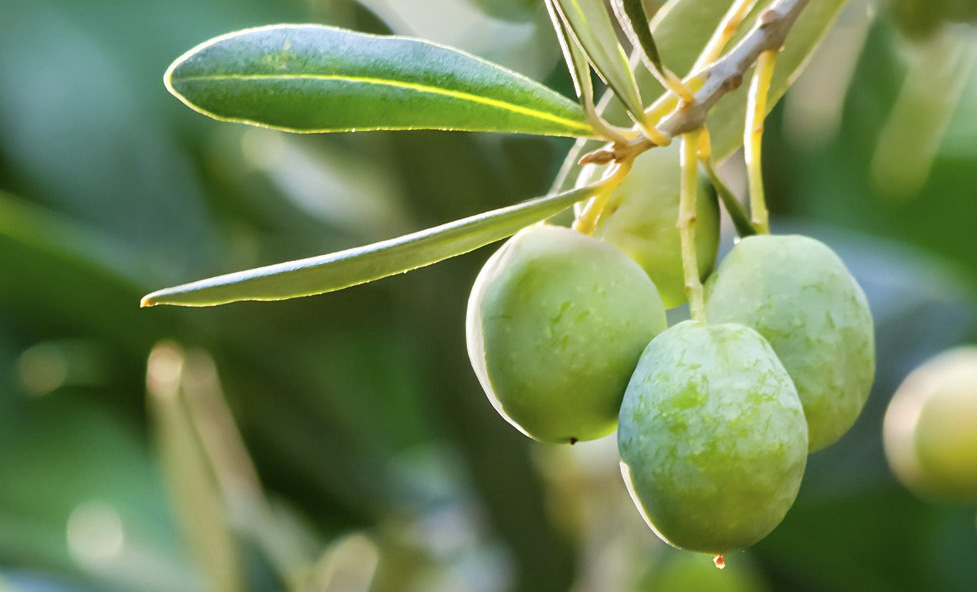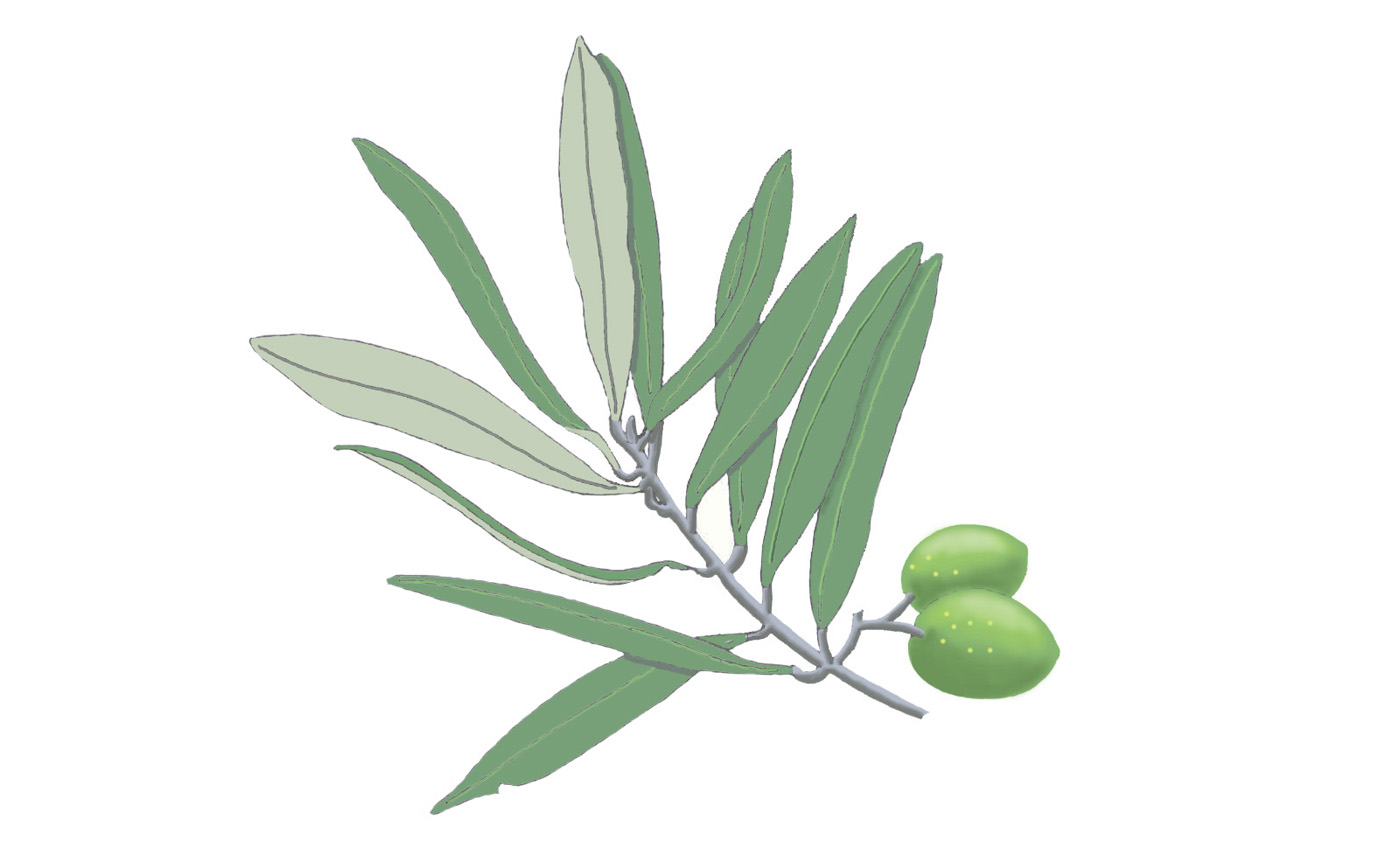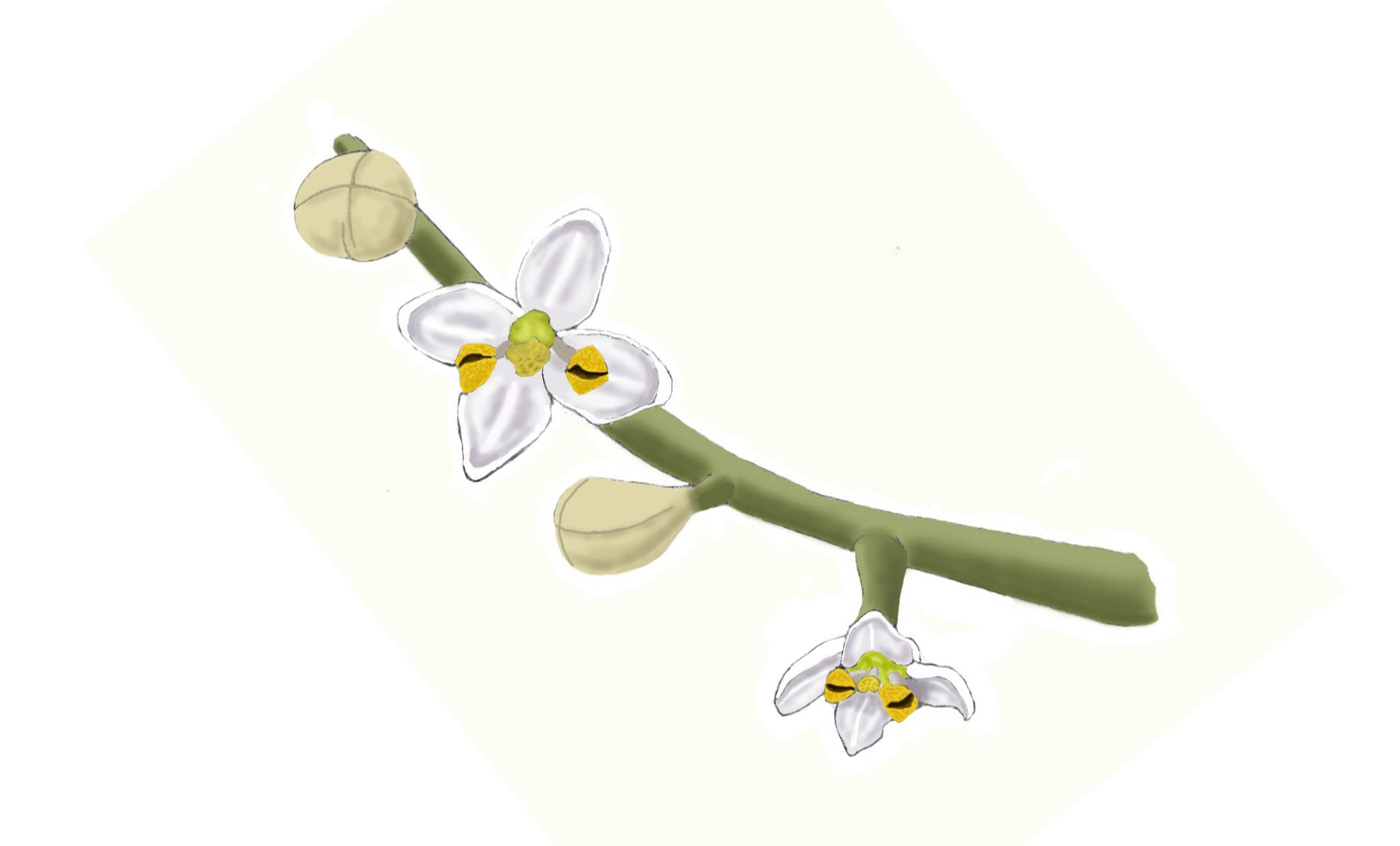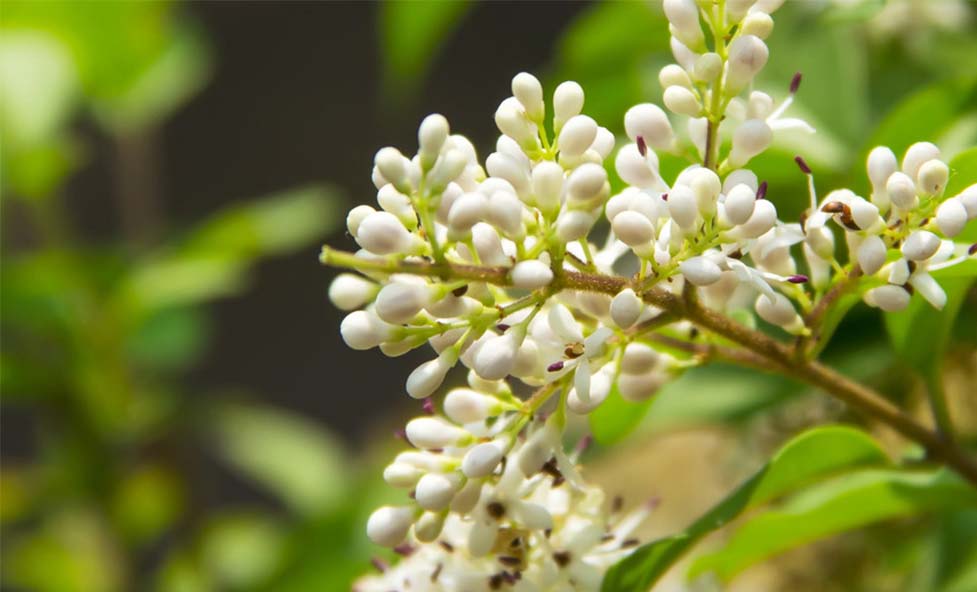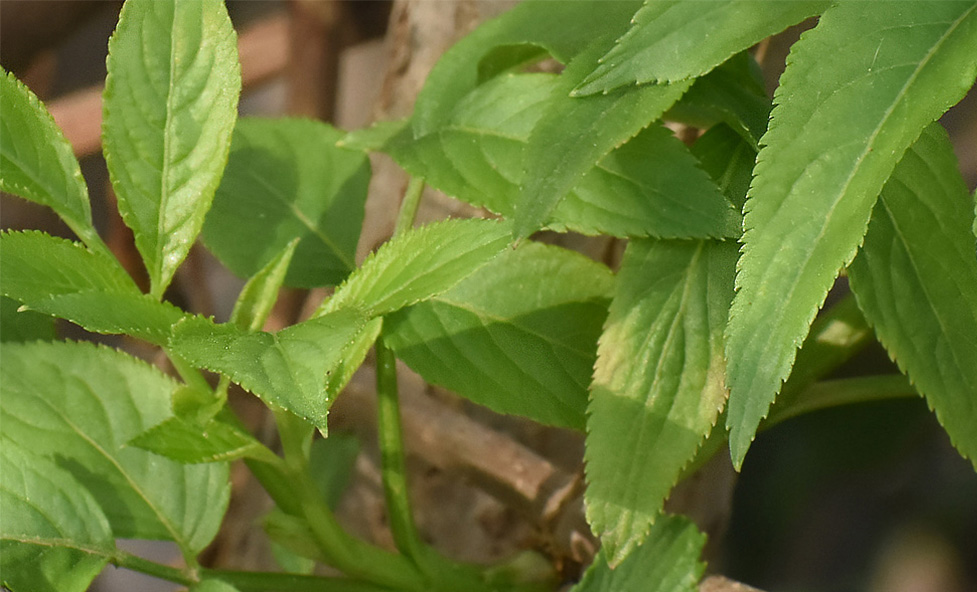Olive
Olive trees grow very slowly but can live for many years. This means that in trees of a certain age, although the trunk is short, it is knotted and twisted and the wood is very hard. The foliage is notable for the silver colour of the leaves. It is a type of crop, even though it is found naturalised due to the seeds that have dispersed. What is found in a wild state is the olive tree (O. europaea sylvestris), native to the Iberian Peninsula, forming part of the schlerophyllic scrub land of the Mediterranean coast.
It has been one of the most important crops in the Mediterranean, together with wheat and vines, since before the fourth millennium BC. It was cultivated by the Egyptians and it was possibly in Roman times that Spain began to be the main producer of olives in the world. As always in these cases, the exact geographical origin is uncertain; the Far East is said to be the first area where it was cultivated.
Natural habit
Maquis and sclerophyllous Mediterranean farmland
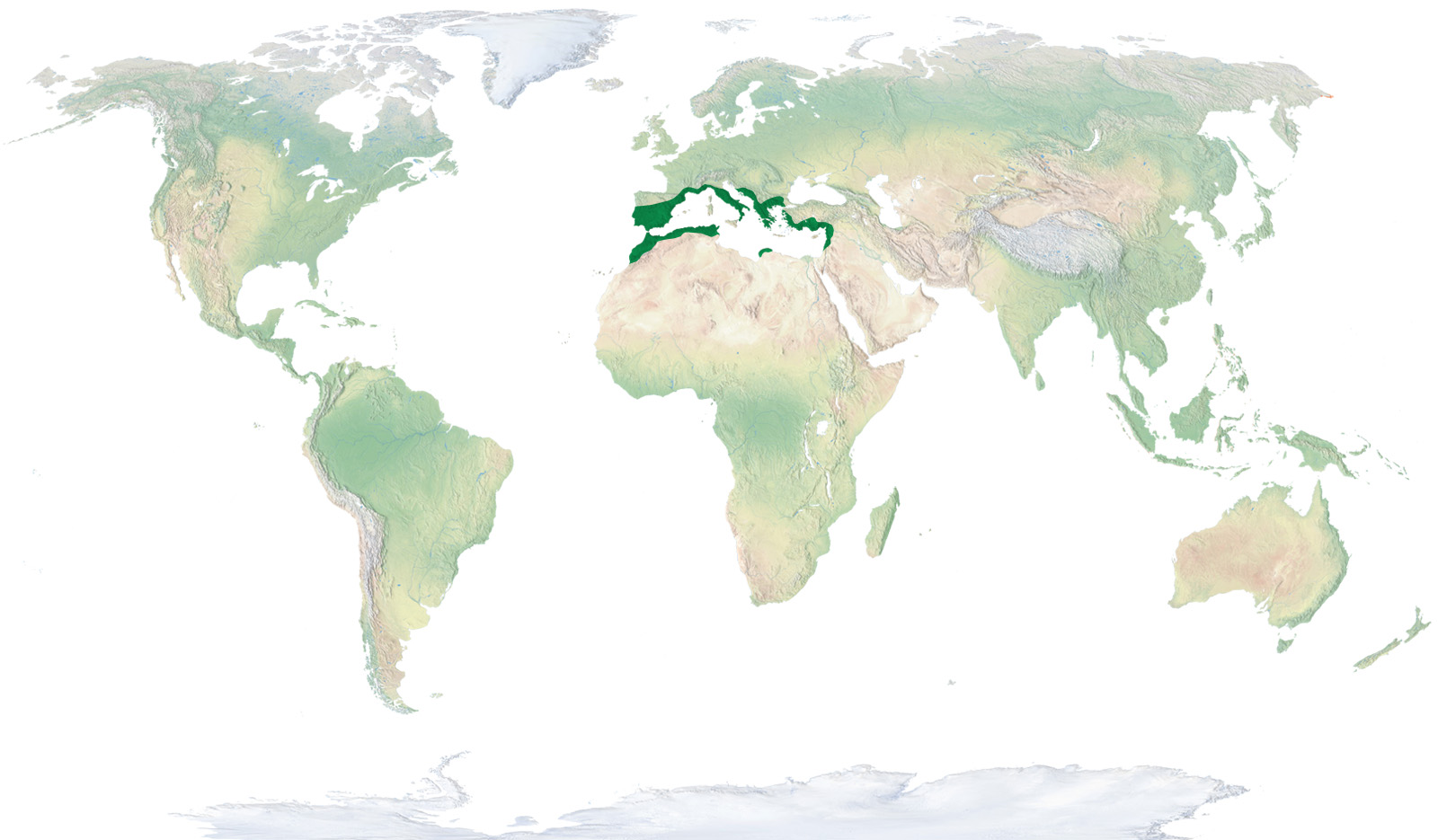
- Natural Habit



